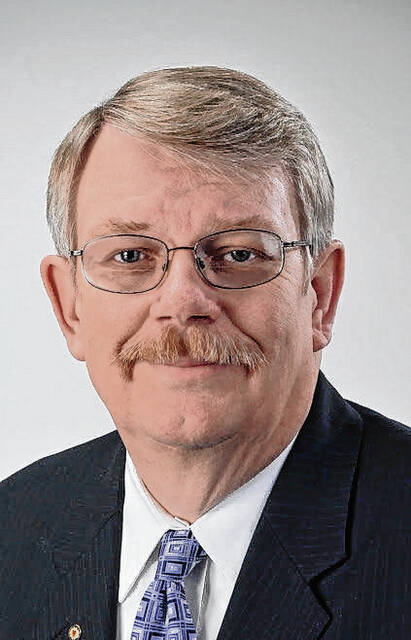Journalist Bill Bishop coined the term “the Big Sort” to describe an increasing propensity among Americans to sort themselves into clusters of like-minded groups.
One would think this is only natural as people tend to gravitate toward others with similar interests, lifestyles and affinities.
Take housing. To a large extent we tend to buy houses in neighborhoods that attract us, not least due to housing costs reflecting our income levels. We buy as nice a house as we can afford and that puts us among others of similar economic status.
The same occurs in the organizations we join. Churches, civic groups, veterans organizations and volunteer opportunities all tend to find us with others sharing these same interests and values. This hardly makes us automatons in our thinking but it does influence us as we find much in common within our group. Yet it can become self-reinforcing, a type of closed loop feedback, especially when we get addicted to a cable news network.
What Bishop observed way back in 2004 was its unintended consequence to induce homogeneity to the point of insularism, my term not his. We not only become more ignorant of how others think but lose the ability to understand them. Empathy goes out the door right behind sympathy.
I doubt Bishop could foresee how prescient he was. Who would have thought things would become this polarized this quickly? It’s not just a matter of red and blue states; break the voting down by county or congressional district and the polarization becomes even more pronounced. We have become two nations of residents who don’t talk to each other, let alone respect each other. E pluribus unum has become an unfunny joke.
The S-word, secession, is edging its way into our discourse and not just by disgruntled crazies. F. H. Buckley has proposed a “secession lite” in which the Constitution’s original goal of federalism returns as the law of the land — or the laws of the various lands — as states and communities create their own cultural environments that attract like-minded transplants from other, different cultural polities. Think back to the early decades of our nation before the federal government, particularly the executive branch, subsumed all in its path. Imagine the Ninth and Tenth Amendments back on the judicial table.
Maybe I am regressing to irreversible cynical geezerdom but I can’t be that wrong, can I? Fortunately for my sanity if not for my optimism, the Hoover Institute’s annual survey of American opinion on political and societal issues validates my cynicism … to a degree. Hoover’s “Vital Signs” poll is designed as “an attempt to determine the extent to which polarization and partisanship impede constructive policy making and political leaders’ ability to find common ground in confronting the most pressing issues facing the nation.”
Good luck with that, especially after reading some of the results.
There are 132 questions in the poll and not all present a bleak outlook on our future. Yet several questions focus on the issue Bishop raised 18 years ago and confirm his hypothesis. The “best friend” question responses skew as one would expect — Democrats hang out with other Democrats and Republicans hang out with other Republicans.
More than half the respondents said that most of their friends are of the same party, but around a quarter said their friends are evenly split between the parties. It may result from the fact that about 40 percent report that they rarely or never discuss politics. More encouragingly, better than three-quarters say they don’t feel pressure or intimidation from others to avoid speaking their minds. I found it interesting that when asked if friends keep their views to themselves to avoid conflict, the responses were evenly split among yes, no and don’t know.
So maybe things aren’t as bad as they seem. Perhaps we can remain civil with each other and even maintain friendships across party and ideological lines.
I can’t help but wonder, though, if the Hawthorne Effect was at play in this survey. This theory, which I was required to study in several business school classes, suggests that people adapt their behavior when being observed. That’s an oversimplification but it may explain why polling data doesn’t seem to track so well with reality. Remember all those polling fiascos that occur each November?
A New Yorker columnist wrote in 1972 that she knew only one person who voted for Richard Nixon, an election in which he carried 49 states. She probably doesn’t know anyone who voted for Donald Trump, that lone Republican holdout having either repented of his sins or decamped to a red state. Sadly, she is not alone among East coast elites or Midwestern deplorables. We all must plead guilty to having sorted ourselves.
I am encouraged by the myth of Pandora’s box. After all the evil escaped, one thing remained. Hope.





